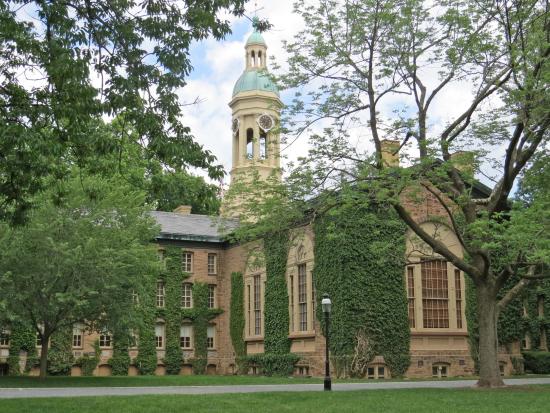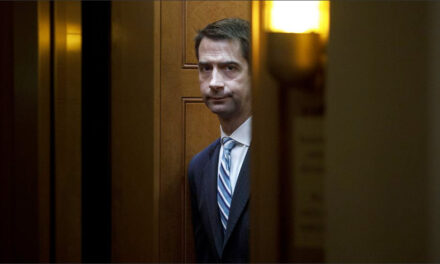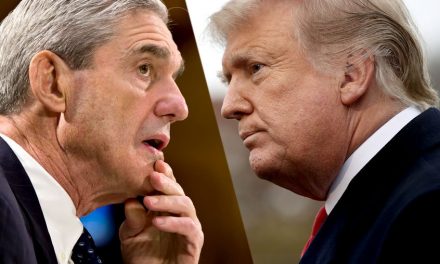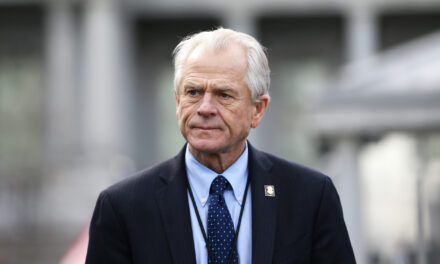I grew up in a very distorted world during a very strange time in American history. And then I spent the next thirty years gradually deprogramming myself and learning to see with new eyes. My political awareness began in 2nd Grade when we had an election to decide between Jimmy Carter and Gerald Ford. I still remember the name of the one girl who supported Ford. The public schools in Princeton, New Jersey weren’t a hotbed of conservatism in 1976. After Ronald Reagan became president, they were even less inclined to support the Republican Party.
One of my early memories is attending a birthday party at Morven, then New Jersey’s governor’s mansion, for the son of Democratic governor Brendan Byrne. When I went to friends’ houses to play, I was typically entering the home of a Shakespeare scholar, an astrophysicist, a mechanical engineer, a senior partner at a major New York law firm, a Near Eastern Studies professor, or an analyst for the CIA. No one chooses their upbringing and I don’t apologize for coming from a privileged background. Plus, there were some large disadvantages to being introduced to the world in what amounted to a disconnected bubble.
In my world, educated people rolled their eyes at Ronald Reagan and had no patience for the Conservative Movement. Where he had some support, it came from those outside of academia among people who commuted to New York to work in advertising or the financial sector. But even among this crew, the support was grudging and apologetic, and more a reflection of displeasure with the presidency of Jimmy Carter than genuine enthusiasm.
Later on, I would learn that nationally, people with four-year degrees supported Reagan and the Republican Party and that the Democrats did better with working class folks. I found this inexplicable at first because it seemed to strongly conflict with my own personal experience. But it’s a fact that remained true well into the 1990’s.
In 1994, 54 percent of white Americans with at least a four-year college degree identified with or leaned toward the Republican Party, according to the Pew Research Center. Just 38 percent associated with the Democratic Party.
With my elite Ivy League town background, I did not have anything in common with the Farmer/Labor backbone of the Democratic Party. But I was also unfamiliar with the values of typical white flight suburban America. The rock-ribbed Republican suburbs of Philadelphia (where I now live) were as foreign to me as Appalachia or the Mountain West.
One result is that I did not really understand the base of either party. I would have to learn that slowly and over a long period of time. In the meantime, the parties changed. The Democratic Party shed its farmer/labor base in stages, beginning in earnest with the passage of NAFTA. In exchange, it began to shore up the support of people more like me.
By the early 2000s, white voters without a degree were drifting toward the Republican Party and white college graduates were going the other way. By 2017, the pattern that Pew identified in 1994 was practically reversed: Just 42 percent of well-educated white voters leaned Republican, while 53 percent preferred the Democrats.
On one level, this was a welcome development. I’d always felt like an outlier in the Democratic Party and I now I felt more at home. But the flip side is that I’d spent a couple of decades learning to appreciate and value the party’s role in representing the working class, the small farmers and coal minors and auto workers and wage employees who didn’t enjoy the privileges I had growing up. I highly valued the party’s position on civil and equal rights from the earliest age, but I came to see its championing of the little guy (whatever his or her race or religion) as part of the same package and equally important.
This story is unique to me, but it’s also a story that is playing out nationally now. As the New York Times points out, inner-ring suburbs are now behaving politically much like the Princeton of my youth. Outer-ring suburbs are now the home of the white flight ethos.
In 2016, those two suburban types fought to a near draw. Mrs. Clinton beat Mr. Trump by 5 million votes in inner-ring suburbs. He countered with a 5.1 million-vote advantage in outer-ring suburbs.
One reason is diversity. My 2nd Grade classroom was filled with people from all over the world. I had classmates I can remember in elementary school from the Philippines, Ethiopia, Vietnam, Denmark, South Africa, Iran, India, and Pakistan. They came from all over the world to attend or teach at an elite university. My closest friends were mixed nationalities (e.g., Swedish/British) or mixed religion (Jewish/Christian) and this was normal for me. This is how Philadelphia’s inner suburbs look now. It’s how my son’s elementary school classrooms look. It’s as if Princeton has grown and expanded, and the Democratic Party has grown and changed as a result.
Yet, that feeling of being in a disconnected bubble has also expanded. It’s as if there’s a whole different America out there outside of the inner suburbs that is inexplicable. How could they support people like George W. Bush or Donald Trump?
I know the feeling because I grew up with it and had to spend so much time trying to understand it. What’s really changed is that highly educated people have become more uniform in recognizing the conservative movement for what it is and rejecting it. But working class white people have come to see the movement as their champion. The coal miners who were among Mike Dukakis’s strongest supporters even as he was getting slaughtered among white professionals are now wearing MAGA hats. I don’t see this as a positive development. I don’t want to see the left abandon the little guy (regardless or race or religion) or see the little guy abandon the left.
But political parties chase votes where they are easiest to find, and the Democratic Party is drifting into a party based more on shared values than shared economic experience. This approach wasn’t viable in the 1980’s and 1990’s, but it gets the party to parity in the country today because of the twin factors of increased diversity and increased solidarity among the highly educated.
But the bubble remains. There’s a whole other America out there that doesn’t share our values and there’s enough of them to gridlock the country and make it ungovernable. I feel like the party is at the beginning point of a journey I began a long time ago. It’s a journey to understand the country as it really is, and what is most important about being supportive of the less privileged and fortunate.







